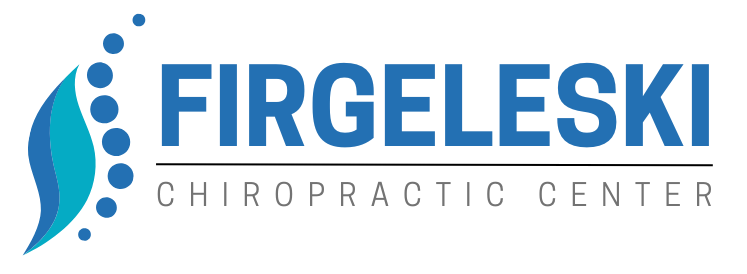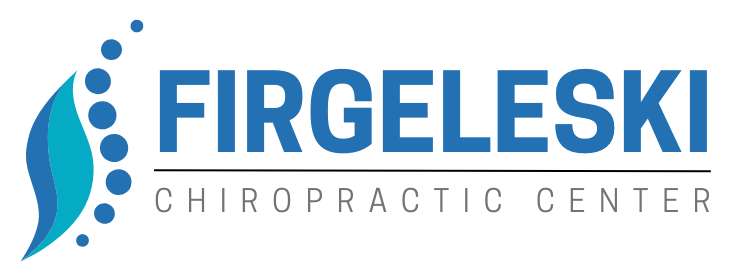Kinetic Activity in Spinal Rehabilitation: Enhancing Recovery through Movement
Kinetic activity, particularly in the context of spinal rehabilitation, involves targeted exercises and movements designed to restore function, increase flexibility, and strengthen the muscles supporting the spine. This therapeutic approach is integral to chiropractic care, where the focus extends beyond symptom relief to addressing the root causes of spinal conditions through active rehabilitation.
Overview of Kinetic Activity in Spinal Rehabilitation
Kinetic activity in spinal rehabilitation focuses on engaging the patient in dynamic movements that encourage the natural mechanics of the spine. These activities are tailored to the individual's specific spinal health needs, promoting recovery from injuries, surgeries, or chronic conditions affecting the spinal structure.
Key Components of Kinetic Activity
- Active Mobilization: Exercises designed to increase range of motion and flexibility in the spine and associated muscles. These movements help alleviate stiffness and improve mobility.
- Strength Training: Targeted exercises aimed at building the strength of the muscles supporting the spine, which can help prevent future injuries and manage conditions like chronic back pain.
- Functional Re-education: Techniques that teach the body safer, more efficient movement patterns. This training helps integrate the spine's improved functionality into daily activities, reducing the risk of recurrence.
- Stability Exercises: These exercises focus on core strengthening, which is vital for providing the necessary support and stabilization to the spine during all types of activities.
Benefits of Kinetic Activity in Spinal Rehabilitation
- Improved Flexibility and Mobility: Regularly performing movements that stretch and flex the spine can lead to improved flexibility, which is often decreased following spinal injuries or due to degenerative conditions.
- Increased Muscle Strength: Strengthening the muscles around the spine is crucial for spinal health, providing support that can alleviate pain and improve posture.
- Enhanced Recovery Speed: Active engagement in rehabilitation exercises can speed up the healing process by promoting blood flow and nutrient delivery to the affected areas.
- Reduced Pain and Discomfort: Kinetic activity helps manage pain by strengthening muscles and relieving pressure on spinal nerves.
- Prevention of Future Injuries: By improving strength and flexibility, these activities help the spine resist future stresses, reducing the likelihood of injury recurrence.
Implementing Kinetic Activity in Chiropractic Care
Chiropractors incorporate kinetic activity into treatment plans through:
- Initial Assessments: Evaluating a patient’s current spinal health, flexibility, strength, and overall physical condition to tailor activities that meet their specific needs.
- Supervised Exercises: Guiding patients through exercises during sessions to ensure they are performed correctly and safely.
- Home Exercise Programs: Prescribing exercises that patients can perform at home to continue improving their spinal health between appointments.
- Progress Monitoring: Regularly assessing progress and adjusting exercises as the patient's condition improves or as goals change.
Ideal Candidates for Kinetic Activity
This approach is suitable for almost anyone experiencing spinal issues, including:
- Patients recovering from spinal surgery or injuries.
- Individuals with chronic back pain seek non-invasive treatment options.
- Athletes working to prevent spinal injuries or improve spinal function.
- Older adults aiming to maintain spine health and overall mobility.
Safety and Considerations
While kinetic activity is a beneficial component of spinal rehabilitation, it must be approached with caution. Patients with severe spinal damage, recent surgery, or acute conditions should have a tailored program developed under the supervision of a skilled chiropractor. It’s crucial to start with gentle movements and gradually increase intensity to avoid exacerbating existing conditions.
In summary, kinetic activity serves as a cornerstone of effective spinal rehabilitation within chiropractic care. By actively engaging patients in their recovery process through tailored exercises, chiropractors can facilitate more comprehensive and sustainable improvements in spinal health and functionality.


